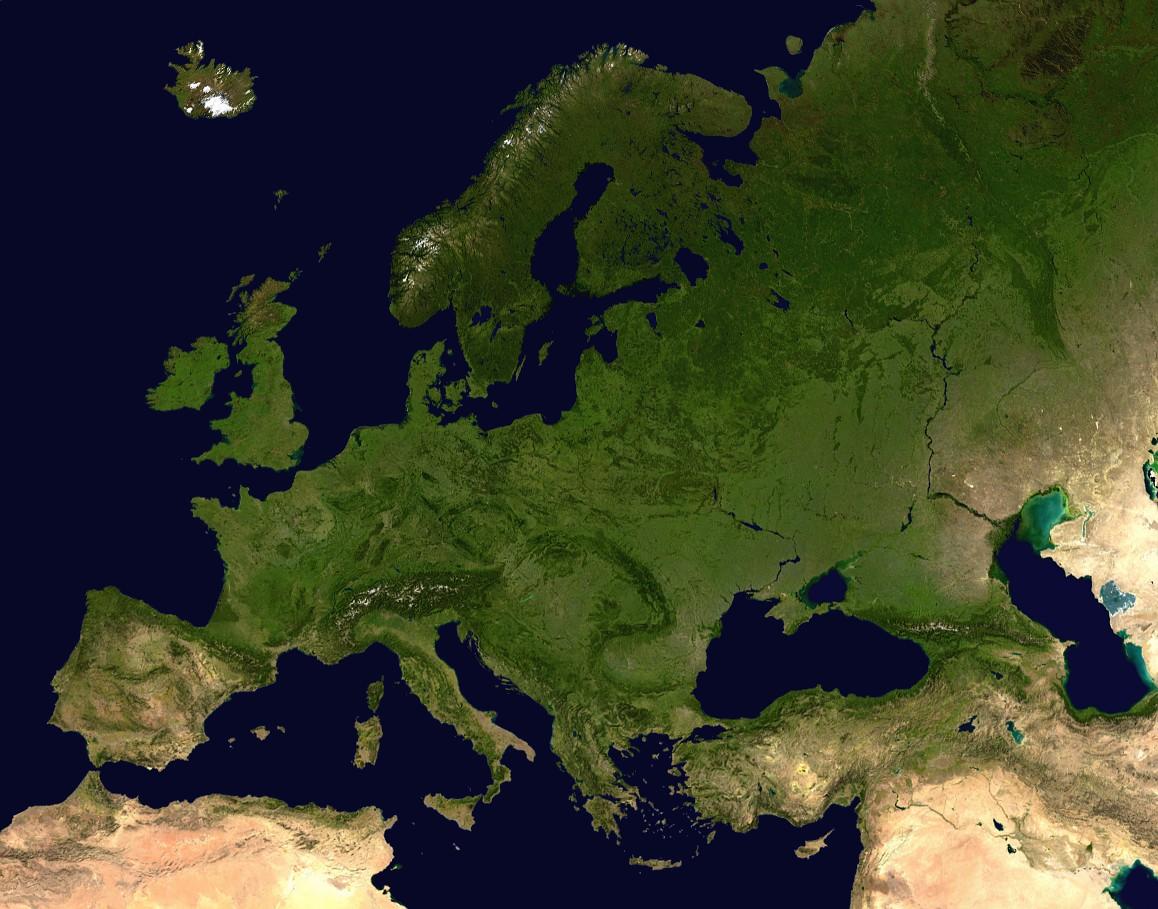The EU power market has made a significant shift away from coal generation, but mainly to the benefit of gas, according to EnAppSys' new third-quarter summary of the European electricity market summary.
The research firm said that coal and lignite power plants produced 95.8 TWh in the three months to the end of September. By contrast, gas-fired power stations contributed 134.6 TWh to the European power supply over the same time period, or about 41% more than coal. This marks quite a significant shift in the market, as coal produced 31% more than gas in the third quarter of 2018 and 37% more throughout the same period in 2017.
The shift is largely due to new market dynamics in Spain and Germany, EnAppSys said. It noted that coal has been almost completely pushed out of the Spanish market by gas, while Germany – traditionally a large coal and lignite consumer – has incrementally turned its back on the fuel type.
The reduction of coal generation has mostly been facilitated by the expansion of gas plant capacity, as renewables generation stalled at 35% of overall power generation in the third quarter.
“Generally there has been a significant shift in Europe from coal/lignite generation to gas-fired generation, although the picture varies depending on individual countries, where the degree of change depends on the ability to switch from one power source to the other,” said Jean-Paul Harreman, director of EnAppSys.
Harreman added that the Czech Republic, for example, has been less nimble in its shift to other generation sources. But the fact that gas is taking up a significant share of vacant capacity shows that the European renewable energy market and policy landscape is ripe for fresh momentum.
Popular content
“Overall, nuclear was the dominant power source in Europe in the three months to the end of September 2019, providing 28.7% of total generation,” EnAppSys said in its report. “Gas-fired plants provided 20.5%, coal/lignite 14.6%, hydro 14.3%, wind 11.1%, solar 6.0% and biomass 3.4%. Oil (0.7%), waste (0.6%) and peat (0.2%) made up the remainder.”
While natural gas-fired plants produce less carbon dioxide per kilowatt-hour than coal and lignite plants, a recent report cautioned that gas-fired plants emit larger volumes of methane – a considerably more potent greenhouse gas.
Last week, a new team of commissioners under European Commission President-elect Ursula von der Leyen’s watch sat in on parliamentary hearings in Brussels. Estonian politician Kadri Simson, the new EU energy commissioner, said that additional investments in LNG pipelines and terminals will be one of the keys to the clean energy transition. She added that gas is the cheapest alternative to replace coal-fired power plants. Simson, who supports a 2050 carbon neutrality target, also vowed to table a European Green New Deal within her first 100 days of leading the commission.
“Aiming for carbon-neutrality while investing in gas is like saying you’re planning to quit smoking by switching cigarette brands,” said Tara Connolly, the EU climate and energy policy director at Greenpeace.
This content is protected by copyright and may not be reused. If you want to cooperate with us and would like to reuse some of our content, please contact: editors@pv-magazine.com.



1 comment
By submitting this form you agree to pv magazine using your data for the purposes of publishing your comment.
Your personal data will only be disclosed or otherwise transmitted to third parties for the purposes of spam filtering or if this is necessary for technical maintenance of the website. Any other transfer to third parties will not take place unless this is justified on the basis of applicable data protection regulations or if pv magazine is legally obliged to do so.
You may revoke this consent at any time with effect for the future, in which case your personal data will be deleted immediately. Otherwise, your data will be deleted if pv magazine has processed your request or the purpose of data storage is fulfilled.
Further information on data privacy can be found in our Data Protection Policy.